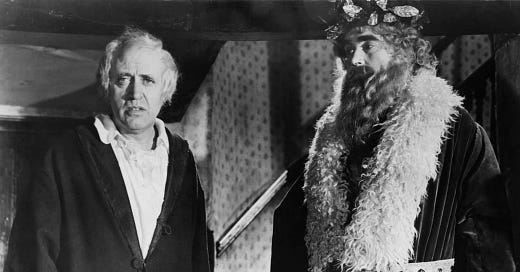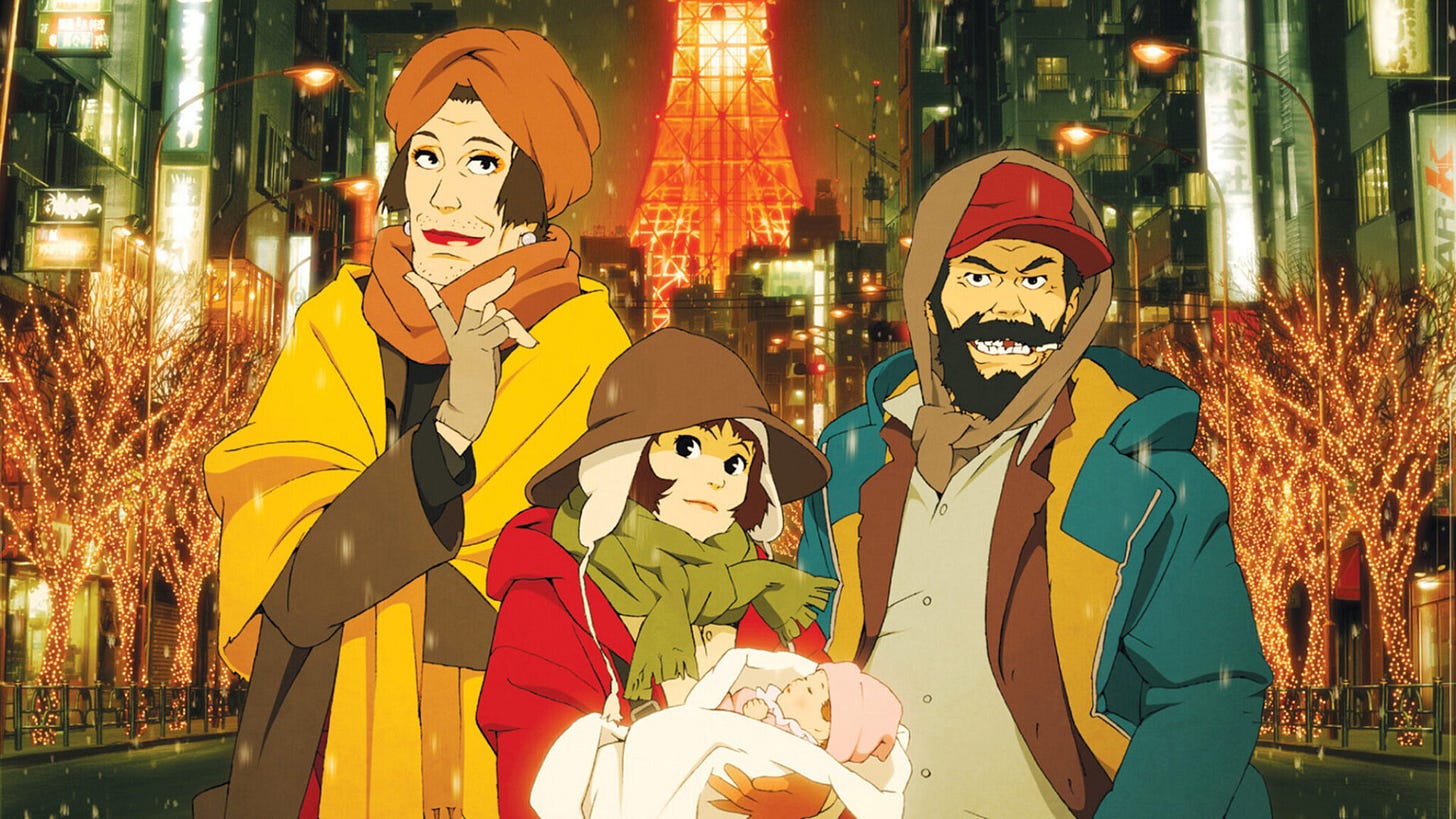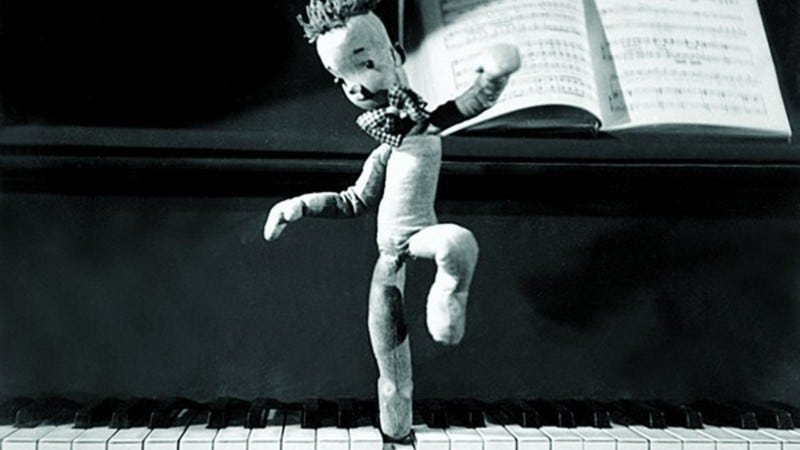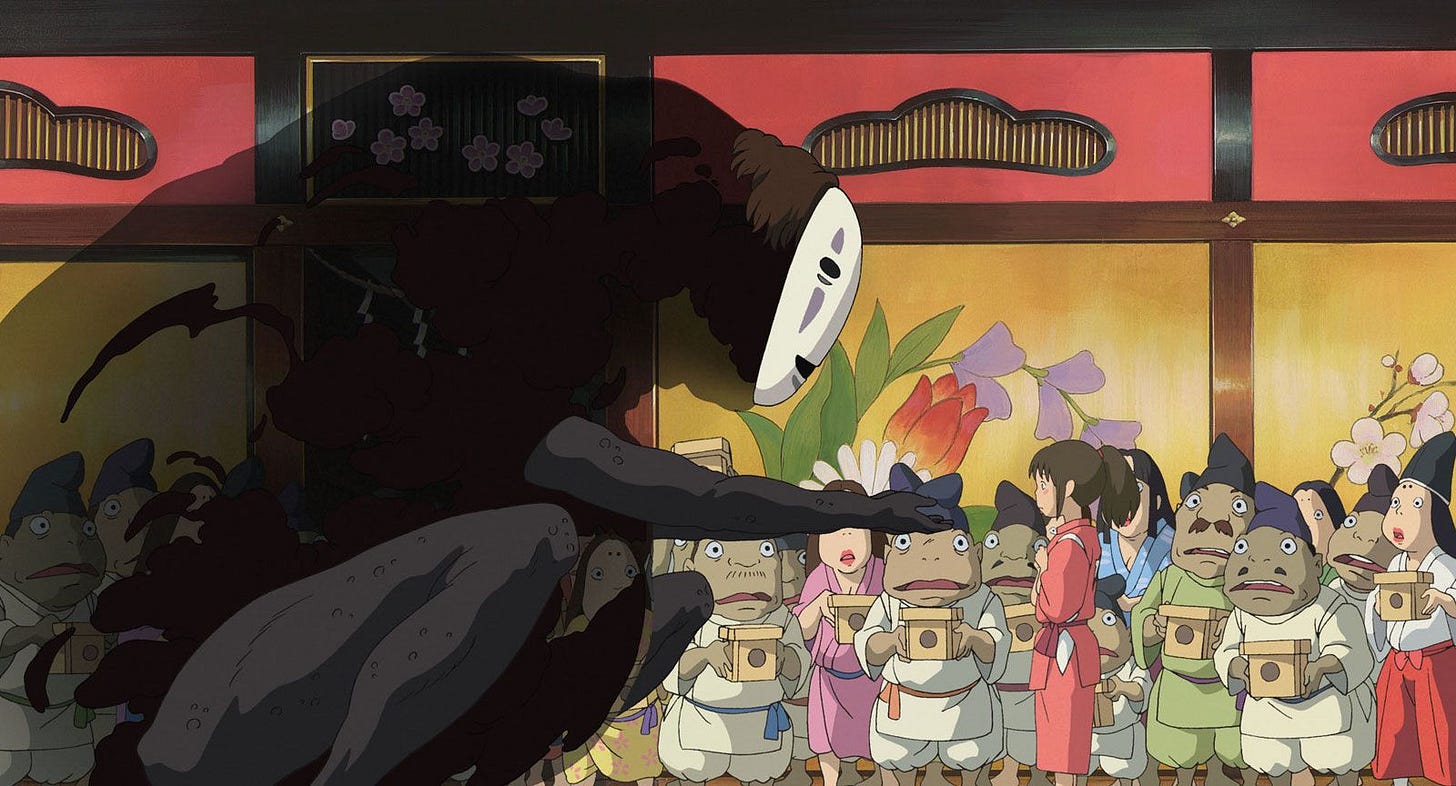When Ebenezer Scrooge uttered, “Bah humbug!” he was declaring Christmas to be a scam, a fraud. Here at ReidsonFilm we are a little more forgiving and as we look forward to our next season of film reviews, we present here our selection of favoured Xmas viewing.
Tokyo Godfathers (2004)
Could a Tokyo-based anime following the Yuletide odyssey of three homeless outcasts really challenge The Muppet Christmas Carol for the title of greatest Christmas movie of all time?
Well, when the director is the late, great Satoshi Kon – the mind behind Millennium Actress and Paprika – then it’s not such a ridiculous question. Not as surreal as much of his work, though no less imaginative, Tokyo Godfathers is a retelling of the Nativity’s Three Wise Men story. But by way of a loose remake of a 1948 John Ford Western, 3 Godfathers.
The film opens on Christmas Eve with Miyuki, a teenage runway, spitting on unsuspecting Xmas shoppers from a rooftop. She is joined by Gin, a gambling alcoholic, and Hani, a trans woman and former drag queen, as they attend a Xmas Eve church service offering a free meal. They are very much on the margins of Tokyo society. As the snow falls, later in the evening this unconventional family is rummaging through a rubbish pile and comes across an abandoned baby. In their efforts to track down her parents, they begin a journey across the city in which they not only find the parents but also find themselves.
Sounding sentimental? Perhaps, but this is Christmas after all. Tokyo Godfathers is a beautifully-drawn film, laced with a trail of Hitchcockian coincidences. Along the way, Kon with his signature style makes pointed references to the rampant consumerism of the festive season. There are also harrowing sequences and moments of shocking violence. Yet the film is a humanist work that manages to successfully tread the line between the miraculous and the mawkish. To say anything about the ending would be to spoil the film, but as the final credits roll and the Tokyo skyline literally begins to dance to a techno-infused rendition of Beethoven’s Ode to Joy, you would be hard-pressed to think of any other filmmaker that could carry this off. Satoshi Kon was a singular filmmaker who could transform the extraordinary into the sublime.
S.
A Christmas Dream (1945)
While waiting excitedly for the highly anticipated Wallace & Gromit: Vengeance Most Fowl, I decided there was no better time to delve into some earlier stop-motion animations. That’s how I stumbled upon A Christmas Dream (Vánoční sen), a 1945 Czech short about a girl who loses interest in her old rag doll when she receives new presents under the Christmas tree. Sounds familiar? Indeed, there are clear echoes here of Toy Story as the girl comes to realise that older toys shouldn't be so easily cast aside.
Co-directed by Karel Zeman and Bořivoj Zeman, A Christmas Dream seamlessly blends stop motion and live action to show the discarded rag doll spring to life and dance across piano keys in a warming dream sequence; an old toy vying for the affection of its former owner. While the narrative is a simple one, the film’s timeless themes of imagination and cherishing what we already have shine through - a perfect watch for the holiday season. At just 11 minutes long, A Christmas Dream is a fun watch that will definitely earn a spot in my Christmas film rotation.
T.
How the Grinch Stole Christmas (2000) vs The Grinch (2018)
This year I decided to do a side by side comparison of the two Grinch films, the 2000 live action feature vs the newer iteration by the animation studio Illumination - also responsible for the Despicable Me franchise.
They really shouldn’t have bothered. The new Grinch is clean, pristine, and lacking in any substance. You could almost call this a ‘woke’ version of the original Grinch, who is no longer scary or hairy or ugly or any of the other qualities mentioned in the eponymous number ‘You're a Mean One, Mr. Grinch’. No, the 2018 Grinch is cute, fluffy, and frankly boring. I can’t help but think this Grinch reboot is simply hoping to capitalise on the success of the $5 billion Minions machine by making the Grinch more marketable as a cuddly kids toy.
The only redeeming feature of the film was the Tyler the Creator soundtrack, which brings his unique and unmistakable vocal style to the classic Grinch songs. To put it shortly, no animated reboot could ever rival the brilliance of Jim Carrey; his expressions, his tonality, his knack for physical comedy makes that Grinch a timeless classic.
C.
Spirited Away (2001)
Spirited Away, the most lauded feature from Japanese animation studio Studio Ghibli, had a limited Xmas theatrical re-release in the UK. I was first introduced to Spirited Away as a child, and although I can’t remember exactly when, it would have likely been on DVD, on a tiny CRT television. What I do remember, however, is the vivid impression left by director Hayao Miyazaki’s charming yet strange world. On a fuzzy 4:3 screen, a magical landscape overflowing with vibrant colour and strange, sometimes nightmarish, characters. Twenty years later, Spirited Away’s dreamy pastel vistas glow all the same, and this time projected on the big screen.
When moving to a new town, a girl, Chihiro, and her family accidentally stumble into what they believe is an abandoned theme park. After presumptuously gorging themselves on unattended food, her parents are transformed into pigs, and Chihiro quickly finds herself cast into a realm of spirits, witches, and monsters—an unfamiliar world, which she must brave if she ever hopes to be reunited with her parents. At its heart, Spirited Away is a coming-of-age film, demonstrating the importance of facing the challenging and often scary experiences of life head-on. The spirit world exists as a limbo, somewhere between life and death, and the film is rife with symbols of transition: bridges, rivers, and trains.
The film is light on plot—as is often the case with Miyazaki— and we must derive meaning from metaphor. Throughout her journey, Chihiro is helped by a cast of characters, not all of whom are entirely willing at first, but a vulnerable girl’s honest ambitions and stoic character eventually bring out their better nature. While compassion and friendship prevailing over greed and consumption is not a unique tale, it is demonstrated lucidly in the dreamy world of Spirited Away.
The film concludes with Chihiro reunited with her (now human) parents and instructed to return to the real world, making sure she does not look back. Perhaps signifying the importance of growth and not dwelling too much on past experiences. Yet, sometimes, we are given the chance to revisit those moments—and for the first time, projected on a cinema screen. It was very much worth the trip to see this timeless classic.
N.
Thank you for reading Reids on Film. If you enjoyed our review please share with a friend and do leave a comment.
Coming next… Season Four, and La haine(1995)








